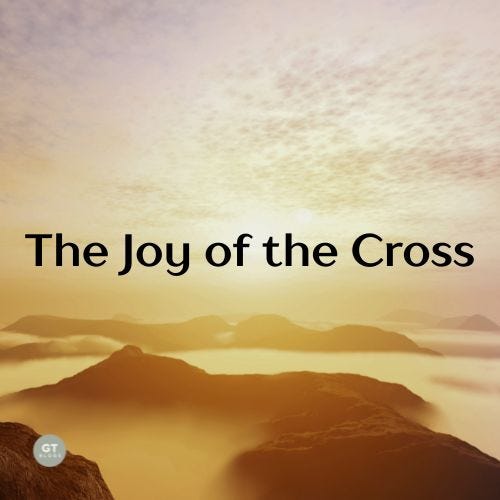Certain things simply don’t go together, such as:
Houston and hills.
The Seattle Mariners and the World Series.
Snow and sandals.
And at Lent, joy, and torture.
And yet, there is a side of joy to the cross that should alter our view of Christ’s sacrifice. In our myopic self-interest, when we look at the cross, we usually see our sins. We see the consequences of our actions. That’s all well and good, but even better when we look upon the cross is to see the love, joy, and passion that motivated Jesus to get there. There has never been a more brutal moment than the cross, and yet there has never been a more extraordinary act of love. And joy follows love as surely as spring follows winter.
R. Somerset Ward (1881-1962), one of England’s finest spiritual directors, explains how we can understand and grasp the joy behind Christ’s sacrifice: “When someone of whom we are fond is suffering, we have no greater happiness than to alleviate his suffering. To many of us the thought has come, how great a pleasure it would be to us if by undergoing any pain we could save him from suffering. Imagine this thought and feeling of ours magnified a million, million times. By so doing we shall get a glimpse of the joy which illuminated the Passion or our Lord.”[i]
Because God loves us and hates our sin, because He wants to bring reconciliation even to a rebellious people, there was great joy in the cross, a joy which spread across the Trinity. “In all that Christ did in His Passion and death, the Blessed Trinity was involved. The love which our Lord was displaying was the love of the Father, and of the Son, and of the Holy Ghost. Love is joy, whatever suffering it entails. The joy of Christ was the joy of the Blessed Trinity in this sacred hour.”
Keep reading with a 7-day free trial
Subscribe to Simply Sacred with Gary Thomas to keep reading this post and get 7 days of free access to the full post archives.


